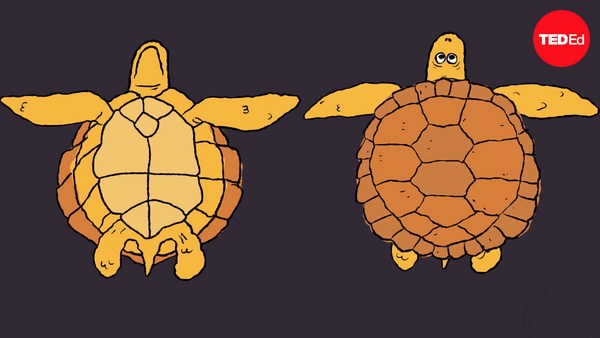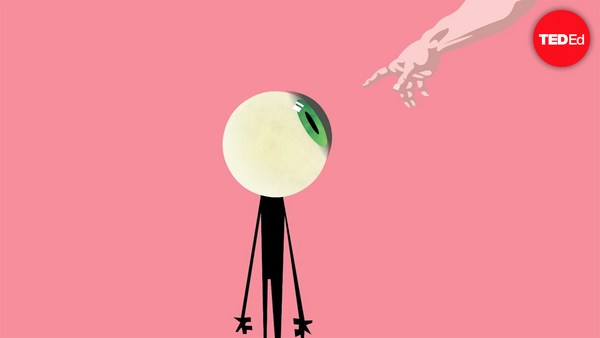Consider the claw. Frequently found on four-limbed animals around the world, it’s one of nature’s most versatile tools. Bears use claws for digging as well as defense. An eagle’s needle-like talons can pierce the skulls of their prey. And lions can retract their massive claws for easy movement, before flicking them out to hunt. Even the ancestors of primates used to wield these impressive appendages, until their claws evolved into nails. So what in our evolutionary past led to this manicured adaptation, and what can nails do that their sharper cousins can’t?
When nails first appeared in the fossil record around 55.8 million years ago, claws had already been present for over 260 million years in the ancestors of mammals and reptiles. But despite the gulf of time between their emergence, these adaptations are both part of the same evolutionary story. Both nails and claws are made of keratin— a tough, fibrous protein also found in horns, scales, hooves and hair. This protein is produced by a wedge of tissue called the keratin matrix. Rich in blood vessels and nutrients, this protein factory produces an endless stream of keratin, which is tightly packed into cells called keratinocytes. These high-density cells give nails and claws their trademark toughness.
Since nails evolved from claws, both adaptations produce keratinocytes in the same way. The cells grow out from the matrix, emerging from the skin where they die and harden into a water-resistant sheath. The primary difference between the two keratin coverings is really just their shape, which depends on the shape of the bone at the end of the animal’s digits. In claws, the bed of keratinocytes conforms to a narrow finger bone, wrapping around the end of the digit and radiating outwards to form a cone-shaped structure. Animals with nails, on the other hand, have much broader digits, and keratinocytes only cover the top surface of their wide bones.
It’s possible that nails have simply persisted as a side effect of primates evolving wider, more dexterous fingers. But given what we know about the habitats of our primate ancestors, it’s more likely that nails came with their own powerful advantages.
High in the forest canopy where these primates lived, wide finger bones and expansive finger pads were ideal for gripping narrow branches. And nails improved that grip even further. By providing a rigid surface to press against, primates could splay out their pads to create even more contact with the trees. Additionally, nails improved the sensitivity of their digits by providing an extra surface to detect changes in pressure while climbing. This combination of sensitivity and dexterity gave our ancestors the precise motor control needed to snatch up insects, pinch berries and seeds, and keep a firm grip on slim branches. The evolution of nails and the evolution of opposable thumbs and toes are closely linked. And when our ancestors moved down from the trees, this flexible grasp enabled them to create and wield complex tools.
Even if it was possible for wide fingers to sport claws, their sharp points would’ve likely interfered with these primates’ regular tasks. Claws are ideal for piercing, puncturing, and hooking, but their points make grabbing difficult, and potentially dangerous. However, both claws and nails are used in some unexpected ways. Manatees use nails to grasp their food, and researchers think elephant toenails may sense vibrations in the ground to help them hear. Meanwhile, some primates, like the aye-ayes of Madagascar, have re-acquired claws. They use these extra-long appendages to tap branches and trunks, while listening for hollow sections with their bat-like ears. When they hear an opening, they burrow into the tree and skewer grubs with their needle-like middle finger.
We’ve only scratched the surface of all the incredible ways nails and claws are used throughout the animal kingdom. But as for which of these adaptations is better? That’s an answer we may never nail down.


